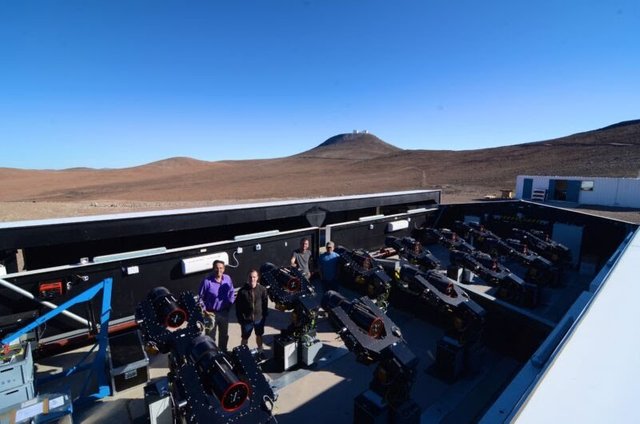YOU CAN HELP SCIENTISTS EXPLORE NEW PLANETS
Assuming you've needed at any point ever to look for far off universes, your opportunity has arrived. The group behind a planet-hunting telescope exhibit called the Cutting edge Travel Review (NGTS) is searching for assist with the huge volume of information the instrument has delivered. The NGTS checks enormous spaces of the sky with an assortment of little, automated telescopes to identify dunks in stars' light that are brought about by a planet passing between the stars and Earth.
The group presently has a ton of information, which it has filtered through utilizing PCs. However, PCs experience issues recognizing a possible planet from different wellsprings of commotion, so the scientists are requesting that the public twofold actually take a look at the PCs and give a last approach what a sign is.
Public travels
One of the best method for looking for exoplanets has been the travel technique, wherein a telescope over and over notices the measure of light starting from a star. On the off chance that a planet meanders before that star, the measure of light will plunge somewhat. These plunges have an extremely cliché shape in the event that you plot them over the long haul in what's known as a light bend, with a genuinely steep drop as the planet swings before the star, trailed by a long, level decrease.
In any case, there are different marvels that can cause comparative looking plunges in a light bend, in addition to a lot of variables that make commotion that PCs struggle recognizing from a sign. What might be compared to sunspots (sunexospots? exosunspots?) on different stars will pivot across the field of view, and many stars experience momentary varieties in their movement. These things can consolidate to make for a loud sign with various plunges. Moreover, the telescopes have normal times of personal time in which they momentarily stop perceptions, which likewise confounds the product investigation.
Finally, NGTS is on Earth and suffers from noise because of the ecosystem—some thing that the Kepler telescope did no longer ought to deal with.
As a result of those problems, the NGTS crew has many ability transits that have been flagged as exciting-looking by its software. But they need to be demonstrated earlier than they're typical as real transits, and the NGST team honestly isn't massive sufficient to do the work.
So it has teamed up with the Zooniverse citizen science platform to get the public's help.
What form of dip is that?
Those interested by collaborating can navigate to the venture's page at the Zooniverse platform and click the button in the "Get began" section. If you are a new person, this will begin an academic that explains the one-of-a-kind varieties of mild curves flagged via pc algorithms. These include things like gaps within the records, a mischaracterized curve, and the chaotic mess because of stellar variability.
You'll also have to make calls on whether or not a mild curve has a flat backside or is V-shaped. This is tougher than it may sound because the NGTS would not have the identical frequency of imaging as first-class, neat Kepler curves. Instead, as visible above, the curve has fewer man or woman information points in it, and the environment produces extra scatter among them.
But do not worry an excessive amount of about getting it incorrect.
Past Zooniverse tasks have normally had a couple of volunteers scan every photo to ensure they did not positioned an excessive amount of weight on someone individual's judgment. And some thing that appears thrilling will in the long run be tested by way of someone who does astronomy for a dwelling.
